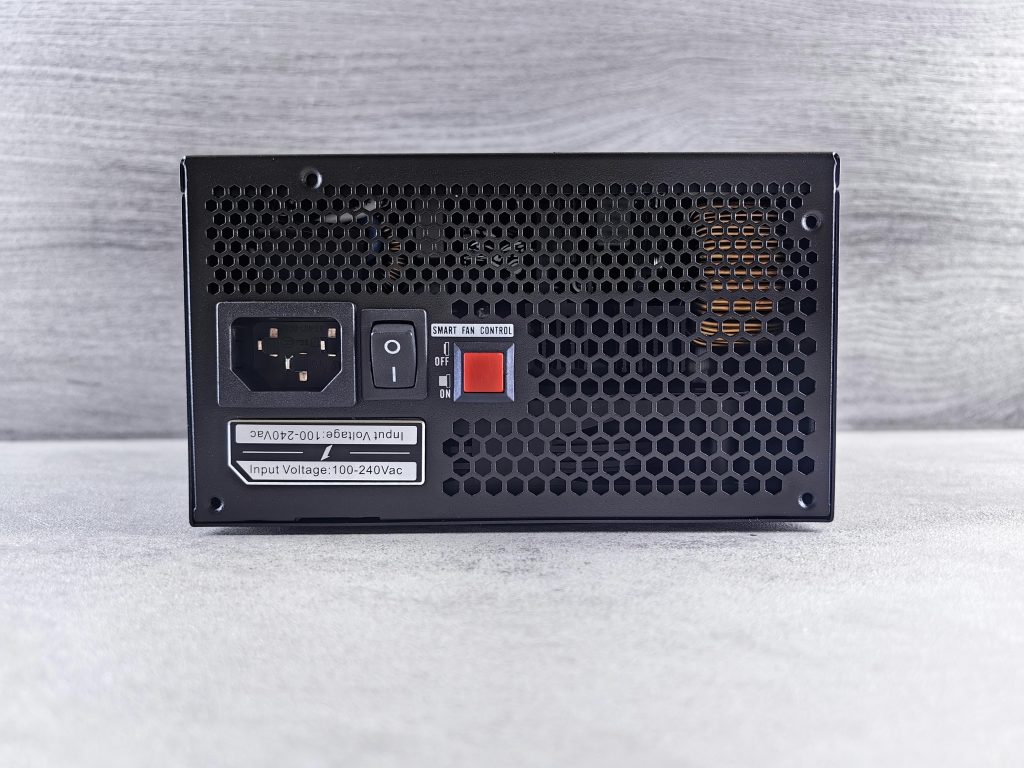The Critical Importance of Server Maintenance: A Cautionary Tale
Today, we experienced a significant setback when a client’s server unexpectedly failed, taking with it critical data that we had warned them about for the past three years. This situation serves as a stark reminder of the fragile nature of technology and the importance of proactive maintenance.
Our investigation revealed that both hard disk drives (HDDs) had likely been failing for years, operating well beyond their expected lifespan. The server’s LED indicators were remarkably dim, leading us to believe they were malfunctioning—a clear sign of impending failure.
Despite our best efforts to reconstruct the RAID 10 array, the corruption on the remaining drive proved too extensive to recover the data. The last backup performed just two days prior may provide some solace, but early assessments suggest it could be compromised as well.
The server was running an outdated Windows Server 2008, necessitating the creation of a new Active Directory (AD) and the migration of all connected computers—a process that will undoubtedly incur considerable labor costs for the client.
Reflecting on this incident raises a critical question: Was it worthwhile for the customer to rely on a server that operated three times longer than its average lifespan, ultimately leading to the loss of weeks of productivity as a new system will need to be assembled and configured in our workshop before installation?
The overarching lesson here is evident: investment in your company’s primary server infrastructure is non-negotiable. Skimping on such an essential component can lead to devastating consequences.
On a lighter note, I must mention the disappointing condition of the server itself. It was the dirtiest one I’ve encountered yet—one has to wonder if someone was smoking in the server room!
In summary, regular maintenance, timely upgrades, and adequate backups are critical to preventing similar disasters. Make sure your business infrastructure is up to par and protected, because the cost of neglect can be much higher than the initial investment in quality equipment.
Share this content:


